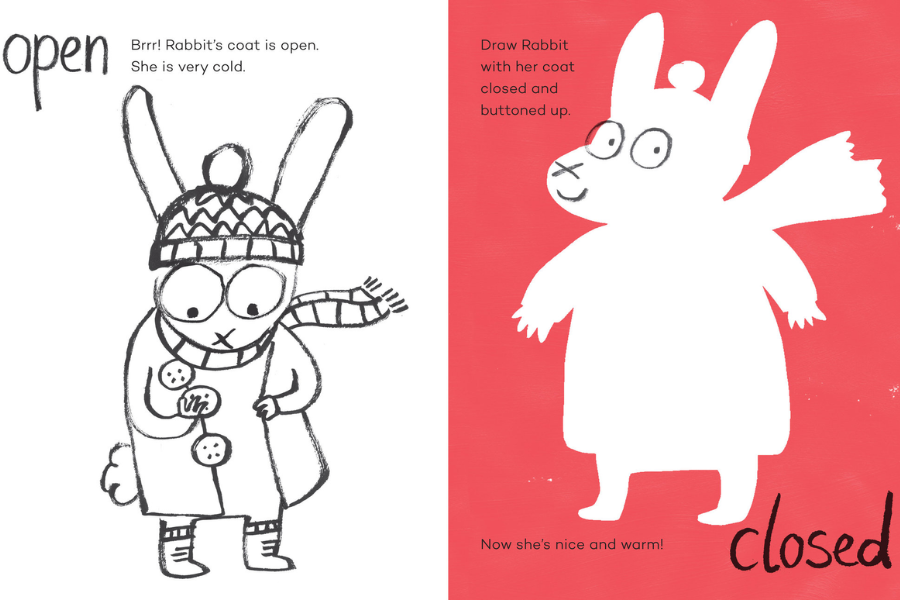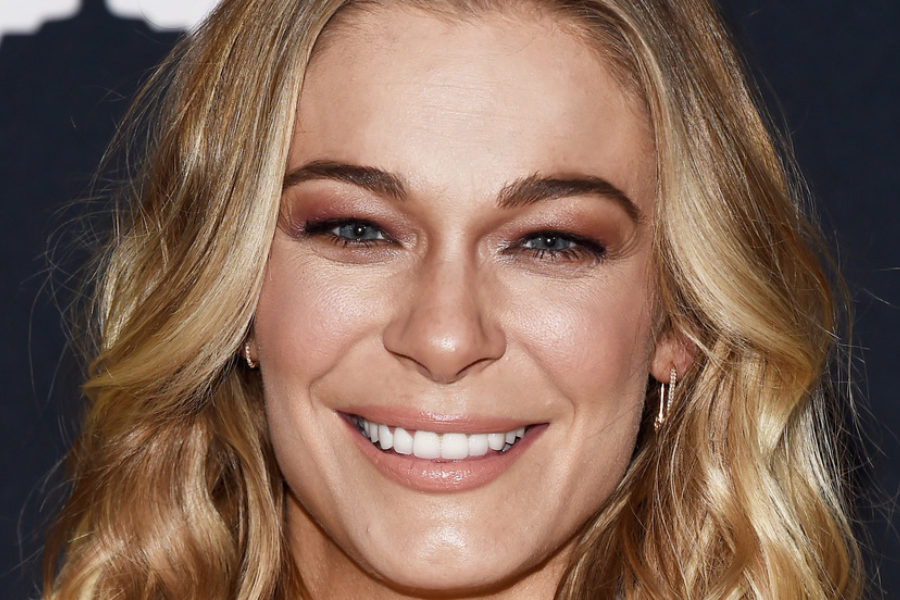Coloring books have long been cherished as a favorite pastime for children. The simplicity of crayons, the joy of coloring, and the freedom to be creative offer a world of benefits for young minds. However, in recent years, a new twist has emerged: the inclusion of puzzles within children’s coloring books. This combination of creativity and brain teasers is a refreshing way to enhance learning and provide a multi-dimensional experience. From mazes to word searches, puzzles in children’s coloring books are becoming more popular and prove to be much more than a mere distraction. They engage the mind, encourage problem-solving skills, and help develop critical thinking abilities.
The Evolution of Children’s Coloring Books
Children’s coloring books have been around for decades, primarily offering pages of drawings to be filled with vibrant hues. The objective was straightforward: allow children to express their creativity and explore the concept of color. However, as education experts began to understand the importance of early childhood cognitive development, they began to incorporate various elements into children’s activities to promote critical thinking and problem-solving.
Thus, puzzles began to find their way into the pages of these beloved coloring books. Now, instead of simply coloring a picture, children could solve riddles, complete maze paths, or even decode hidden messages while having fun with colors. This evolution of the coloring book led to more interactive and stimulating products, marrying the worlds of creative expression and cognitive challenges.
Why Puzzles Are Important for Children’s Development
Children’s brains are highly malleable, and the experiences they have during the early years are crucial for their overall development. By introducing puzzles into a children’s coloring book, parents and educators provide an excellent opportunity for children to improve several key skills:
1. Problem-Solving and Critical Thinking
One of the primary benefits of puzzles is that they teach children to think critically. Whether it’s figuring out how to complete a maze, solving a simple riddle, or putting together a picture puzzle, these activities require children to analyze and think through solutions. This strengthens their problem-solving abilities, which are essential not only for academic success but also for real-world challenges as they grow older.
2. Fine Motor Skills
Coloring helps children develop their fine motor skills as they grip crayons, markers, or colored pencils. Puzzles, on the other hand, require precision and attention to detail, which can improve hand-eye coordination. Whether they are connecting dots to form a picture or solving a puzzle where they must fit pieces together, children are also improving their physical dexterity.
3. Memory and Concentration
Completing a puzzle requires focus and concentration. As children work to solve puzzles, they are training their brains to remember patterns, rules, and visual cues. This helps improve their short-term memory and attention span, which is essential for schoolwork and learning.
4. Spatial Awareness
Many puzzles, such as mazes or matching games, promote spatial reasoning. Children must understand how objects relate to one another in space—whether they’re navigating through a maze or putting together pieces of a jigsaw puzzle. This skill is invaluable as children develop their understanding of the world around them and engage with more complex learning tasks.
5. Creativity and Imagination
At the heart of every coloring book is creativity, and puzzles within those pages continue to encourage imagination. Whether it’s solving a picture puzzle or completing a crossword, children are asked to think outside the box and come up with solutions that work within the rules of the puzzle.
Popular Puzzles Found in Children’s Coloring Books
Children’s coloring books are packed with a variety of puzzles, each offering a different challenge. Here are some of the most common types of puzzles that parents and children may encounter:
1. Mazes
Mazes are a staple of many children’s puzzle books. Children must navigate through a series of twists and turns to reach the goal. Mazes can vary in difficulty, from simple paths for toddlers to complex mazes for older children. Solving a maze helps children learn planning, decision-making, and spatial awareness.
2. Word Searches
Word searches are fantastic for older children, as they challenge their vocabulary and memory. These puzzles consist of a grid filled with letters, and the child must find words hidden within the grid. Word searches help children improve their reading skills and increase their ability to spot patterns in the letters.
3. Connect-the-Dots
One of the most popular puzzle types for younger children is connect-the-dots. In this puzzle, children are given a series of numbered dots, and they must draw lines to connect them in sequence to reveal a picture. This puzzle is not only great for hand-eye coordination, but it also teaches children about number order and sequence.
4. Hidden Pictures
Hidden picture puzzles challenge children to look for objects that are camouflaged within a larger image. These puzzles help children sharpen their attention to detail and improve visual discrimination. They also promote concentration and patience as children search for hidden items.
5. Crossword Puzzles
Crossword puzzles in children’s coloring books are often adapted for younger readers, with simpler words and clues. These puzzles can teach children spelling, vocabulary, and basic problem-solving skills. Younger children may need help with solving these puzzles, but they are an excellent introduction to language games.
6. Sudoku
Sudoku puzzles have gained popularity among all age groups, including children. These number-based puzzles require children to fill in grids based on certain logical rules. Sudoku helps with pattern recognition, number skills, and logical thinking.
7. Riddles
Some children’s coloring books include short riddles or brain teasers, which challenge children to think in creative and lateral ways. Solving riddles can help children improve their verbal skills, logical reasoning, and comprehension abilities.
The Role of Puzzles in Education
The integration of puzzles into coloring books also plays a key role in supporting early childhood education. Many teachers and educational psychologists agree that playful learning experiences, like solving puzzles while coloring, help children retain more information and develop essential cognitive skills.
For instance, while coloring a picture of a farm, children may be asked to solve a puzzle that involves identifying animals. This reinforces the learning of new vocabulary and helps children connect abstract concepts with concrete images. It also builds a solid foundation for later academic achievements, as the skills gained from these puzzles form the building blocks of critical thinking and problem-solving abilities.
Puzzles in coloring books also cater to different learning styles. For visual learners, the pictures and illustrations are engaging, while the puzzles challenge auditory and kinesthetic learners by incorporating word play and hands-on problem-solving activities. This adaptability ensures that all children, regardless of their preferred learning method, can benefit from the activities.
Parental and Teacher Involvement
While puzzles in children’s coloring books provide opportunities for independent learning, they also serve as an excellent bonding experience for parents, caregivers, and teachers. By solving puzzles together, adults can guide children through the steps and encourage their problem-solving skills. It also offers a chance for children to ask questions, express their thoughts, and receive encouragement as they solve each puzzle.
Furthermore, parents and teachers can take this opportunity to reinforce the educational aspects of the puzzles. For example, while completing a word search, parents can discuss the meaning of the words and ask questions that deepen the child’s understanding of the topic. This creates a rich and interactive learning environment that goes beyond just the puzzles themselves.
Conclusion: A Perfect Blend of Fun and Learning
The inclusion of puzzles in children’s coloring books is a fantastic way to provide both fun and educational value. Puzzles not only keep children engaged, but they also help them develop essential cognitive, physical, and social skills. Whether it’s solving a maze, completing a crossword, or finding hidden pictures, these puzzles give children the opportunity to stretch their problem-solving muscles while still enjoying the creative joy of coloring. The combination of both elements ensures that children are not only entertained but also developing the skills they need for future academic success and personal growth.
Incorporating puzzles into coloring books is an exciting way to enhance early childhood education. With the right mix of creativity, logic, and fun, puzzles provide an enriching learning experience that nurtures curious, confident, and well-rounded young learners.











